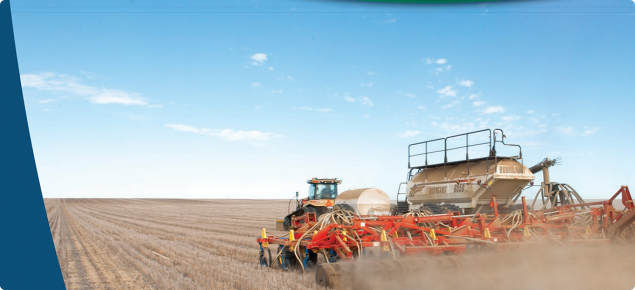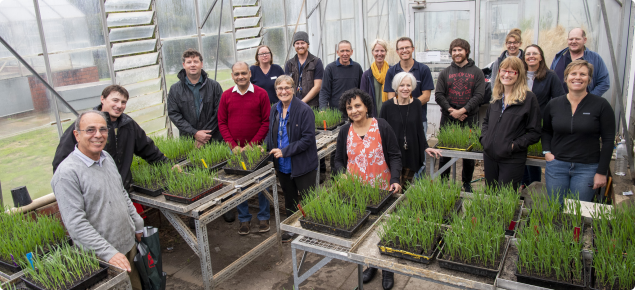The crop sowing guide for Western Australia is a one stop shop for variety information on all the major crops grown in Western Australia compiled by officers in the Department of Primary Industries and Regional Development.
This edition includes the major crops grown in WA – wheat, barley, canola, oat, lupins and pulses. The publication aims to provide information to support growers with decisions on the best choice of variety for each of the major crops for the upcoming season. The lupin and pulse sections also includes an “agronomy guide” summary to support management decisions required for these high value industries.
Not sure whether pulses are for your system? Yields and break even yields are listed in the pulse section plus a guide on picking a pulse that might be suitable for your property. Please also consult your local agronomist for more specific information for your local area.
With the introduction of tariffs on barley imports into China in 2020 it is likely that, in the short-term, pricing will change for feed and malt grades and that this will influence the type and area of barley varieties sown. To help with barley decisions, market feedback from GIWA is included as market demand, pricing signals and location of segregation sites should be considered along with the agronomic management required and the risk associated with delivering malt grade barley.
When deciding whether to implement a new variety into your farming system, it’s important to determine whether the change will provide an advantage. A new variety should provide;
• an improvement in yield, grain quality and/or disease traits
• diversity or risk mitigation within your farming system
• suitable characteristics for current market.
The guide provides variety characteristics, disease ratings, and agronomic information for the major crops. Grain yield summaries have been provided from the NVT website (nvtonline.com.au) and also supported by other DPIRD trial information.
The spring release of this publication should assist growers with making variety choices for the 2021 season. It is important for growers and consultants to review disease resistance ratings in autumn 2021 to ensure current resistance ratings of varieties are known. The latest NVT data will also be available early in 2021 via the NVT website and the Long Term Yield Reporting tool.
The 2021 Crop Sowing Guide for Western Australia will be available from DPIRD offices and other agribusiness outlets.
ERRATUM (27/11/20): Original version of the canola NVT agzone map on page 90 had the legend reversed. V2 of the documents attached are correct.


